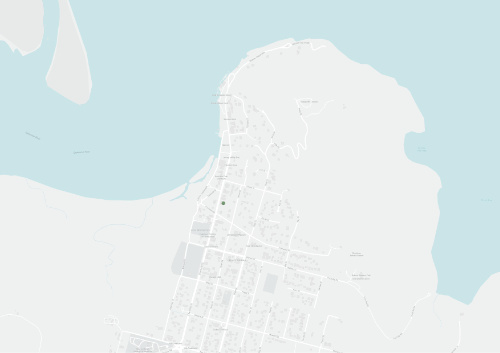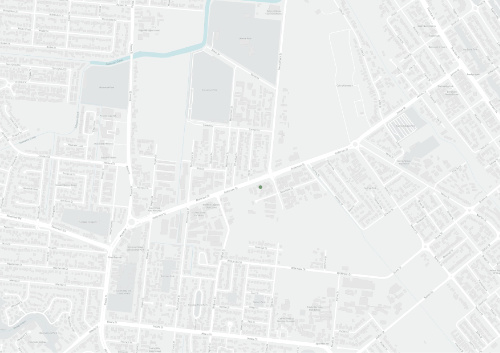Under Queensland’s Land Protection (Pest and Stock Route Management) Act 2002 gamba grass is a declared Class 2 pest - land managers must take reasonable steps to keep land free of the species and it is an offence to introduce, keep or supply the species without a permit.
In 2012 Gamba grass was declared a Weed of National Significance.

